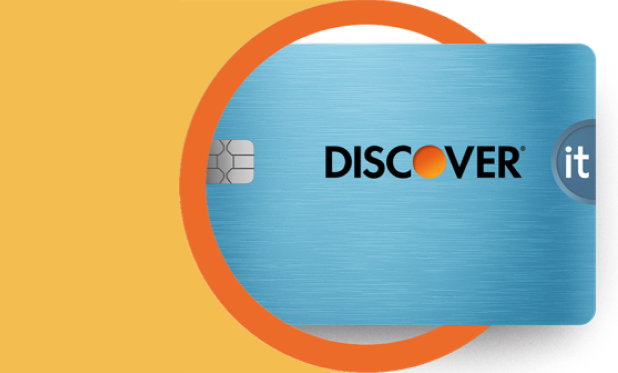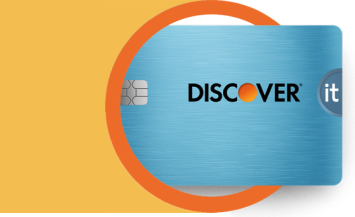If you tend to carry a balance on your credit card, then a low-interest credit card offer may make it easier to manage your credit card bills. The annual percentage rate (APR) on a credit card determines how much interest your balances accrue. To save money on interest, look for a credit card with a low introductory APR offer after account opening. The right low-interest credit card offer may help you finance an expensive purchase or manage your credit card debt.

How to Choose the Best Low-Interest Credit Card for You
6 min read
Published August 29, 2025
Next steps

See if you're pre-approved

View all Discover credit cards
See rates, rewards and other info
You may also be interested in
Was this article helpful?
Was this article helpful?




